Non-Heated vs. Heated Slot-Die Heads: The Right Option for Your Coating Process
When it comes to selecting the right slot-die head for your coating application, one crucial decision is whether to opt for a heated slot-die head or non-heated slot-die head. This choice significantly impacts the quality of your coatings and the efficiency of your production process. Heated slot-die heads are designed to maintain or control the temperature of the coating material, which is essential for certain applications. In contrast, non-heated slot-die heads are simpler and cost-effective but may not offer the precision required for all materials. Understanding the differences between these options can help you make an informed decision tailored to your specific needs.
Non-Heated Slot-Die Heads
Non-heated slot-die heads are the standard option for many coating processes, particularly when working with materials that do not require temperature control. These heads are simpler in design and operation, making them a cost-effective choice for a wide range of applications. Here are some key points to consider:
Simplicity and Cost-Effectiveness: Non-heated slot-die heads are straightforward to use, maintain, and integrate into existing systems. They are typically less expensive than heated versions, making them a good choice for applications where precise temperature control is not critical.
Suitable for Stable Materials: If the coating material has a stable viscosity and does not require heating to maintain its properties, a non-heated slot-die head is usually sufficient. This is often the case with adhesives, sealants, and certain types of inks.
Limitations in Viscosity Control: Without heating, the viscosity of the coating material may fluctuate due to ambient temperature changes, potentially affecting the consistency of the coating. Non-heated heads are best suited for materials that maintain consistent viscosity under varying environmental conditions.
A non-heated slot-die head on an R2R Slot-die Coater.
Heated Slot-Die Heads
Heated slot-die heads are designed to maintain or control the temperature of the coating material during the coating process. This is essential for materials that require a specific temperature range to ensure optimal flow properties and consistent application. Heated slot-die heads can be implemented in two primary ways: using a heated mount or direct heating of the head itself.
Heated Mount:
Simplicity and Compatibility: A heated mount provides a straightforward way to warm the slot-die head by indirectly heating it through its mounting base. This method is compatible with any slot-die head, regardless of its material composition.
Heat Transfer Limitations: The major drawback of using a heated mount is that the heat transfer can be uneven and inefficient, especially with materials like stainless steel, PEEK, and titanium, which are poor conductors of heat. This can lead to inconsistent ink or material temperature, potentially affecting coating quality.
Best for Low-Temperature Applications: Heated mounts are generally recommended for applications where only marginal heating is required, such as maintaining slightly elevated temperatures in small slot-die heads with low flow rates.
A heated slot-die head mount may offers limited temperature control and uneven heat distribution.
Direct slot-die heating offers precise temperature control and uniform heat distribution.
Direct Heating of the Slot-Die Head:
Precise Temperature Control: Direct heating involves integrating heating elements directly into the slot-die head, allowing for precise temperature control of both the head and the coating material. This method ensures even heat distribution and is ideal for processes requiring consistent material viscosity and coating quality.
Electrical Heating: The simplest method of direct heating is electrical heating, where resistive elements are embedded in the slot-die head. This approach offers a good balance between cost, simplicity, and performance, making it suitable for most industrial applications.
Liquid Heating/Cooling: For processes requiring more complex temperature management, liquid heating and cooling systems can be integrated into the slot-die head. While more complex and expensive, this method offers superior performance, especially for applications needing precise thermal management across varying temperatures.
Customization Options: Heated slot-die heads can be customized with side or top slanted entry for electrical wiring or liquid hoses. This flexibility allows for integration into various machine platforms and ensures that the heating system fits seamlessly with existing production lines.
Choosing the Right Slot-Die Head
The decision between non-heated and heated slot-die heads should be based on your specific coating process requirements:
Non-Heated Slot-Die Heads: Ideal for applications where temperature control is not a concern, offering simplicity and cost-effectiveness.
Heated Slot-Die Heads: Necessary for processes requiring consistent material viscosity and precise coating quality. The choice between a heated mount or direct heating depends on the level of temperature control needed.
Learn how choosing the right slot-die head can improve your coating process and boost your product quality. Read our thorough slot-die head selection guide here.
Conclusion - Heated vs. Non-heated Slot-die Heads
Choosing the right slot-die head for your coating application is a critical decision that can significantly impact both the efficiency of your production process and the quality of your final product. Non-heated slot-die heads offer a cost-effective solution for many standard applications where temperature stability is not a primary concern. Their simplicity and affordability make them an attractive choice for coatings where the material’s viscosity remains stable under ambient conditions.
On the other hand, heated slot-die heads are essential for applications involving materials that require precise temperature control to maintain optimal flow properties and achieve high-quality coatings. The ability to regulate temperature directly within the slot-die head ensures uniform application and consistent coating quality, which is crucial for advanced materials and demanding production processes. Whether you choose a heated mount or a direct heating system depends on the specific thermal management needs of your coating material. Direct heating, with options for electrical or liquid-based systems, offers superior precision and performance, making it suitable for more complex and high-precision applications.
In summary, understanding the specific needs of your coating material and process will guide you in selecting the right slot-die head, whether it’s a non-heated version for standard applications or a heated head for more demanding thermal management. Investing in the appropriate slot-die head ensures optimal performance and high-quality coatings in your production line.



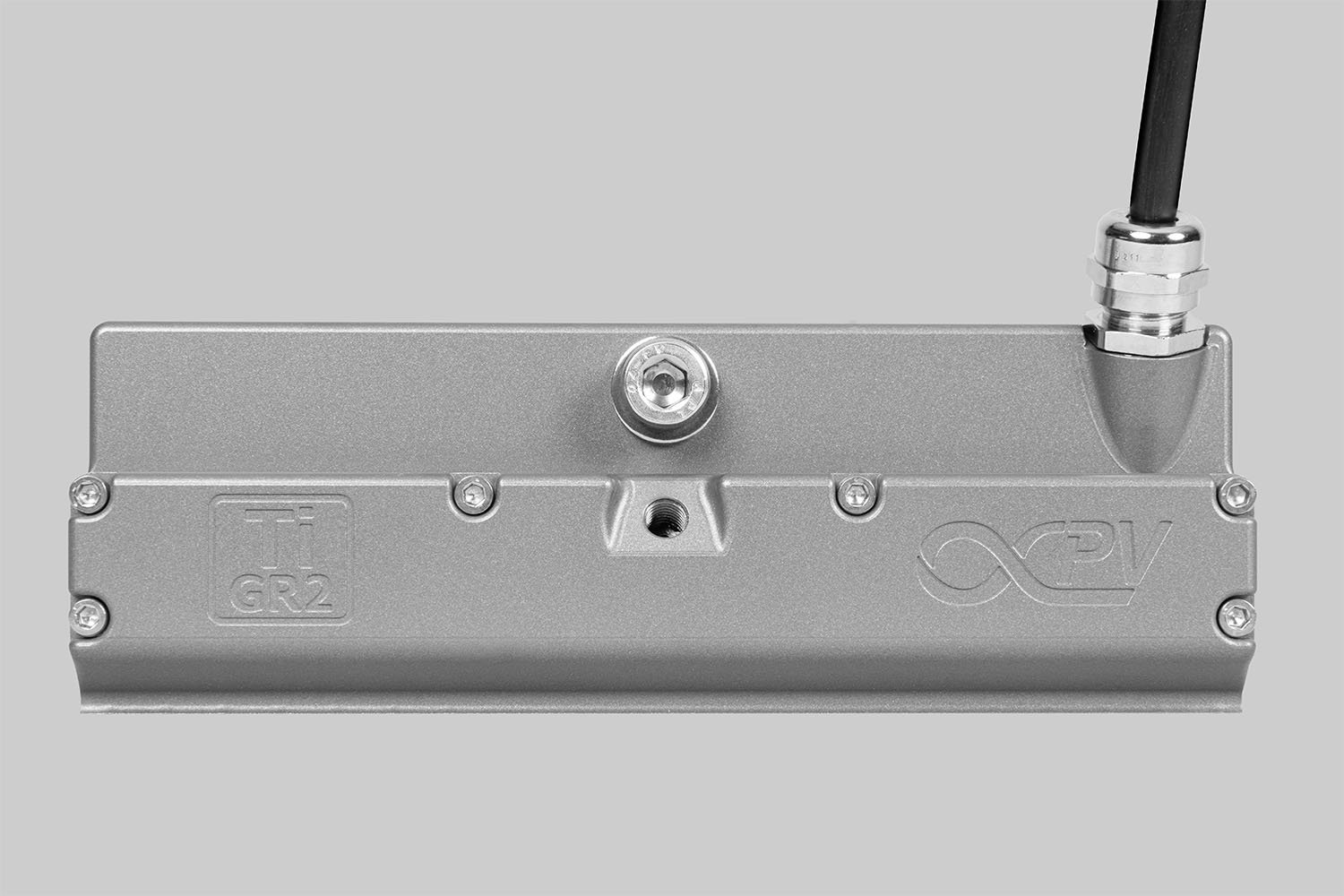







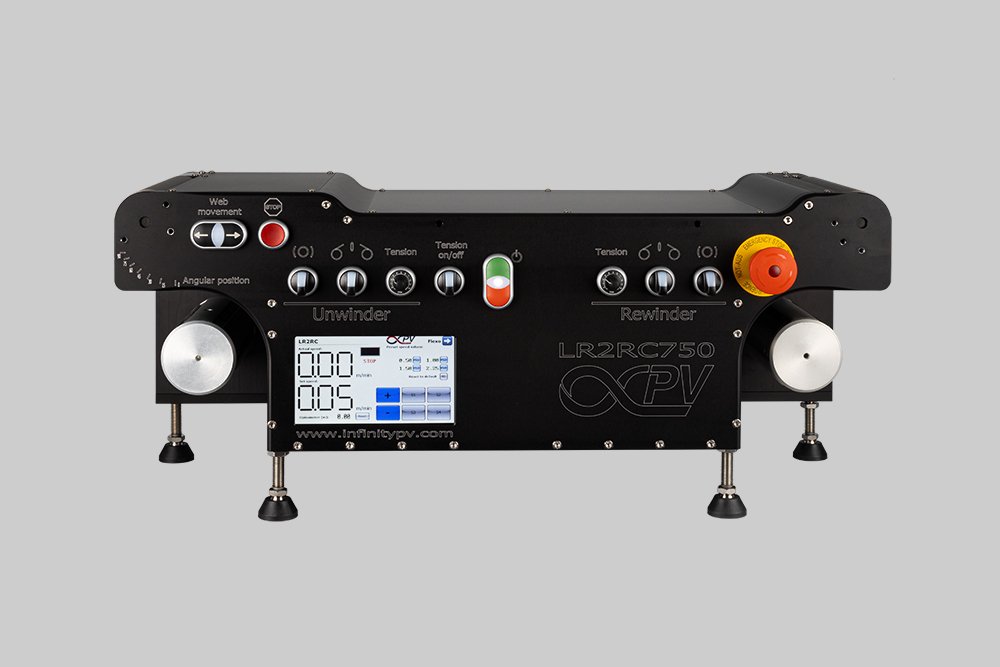
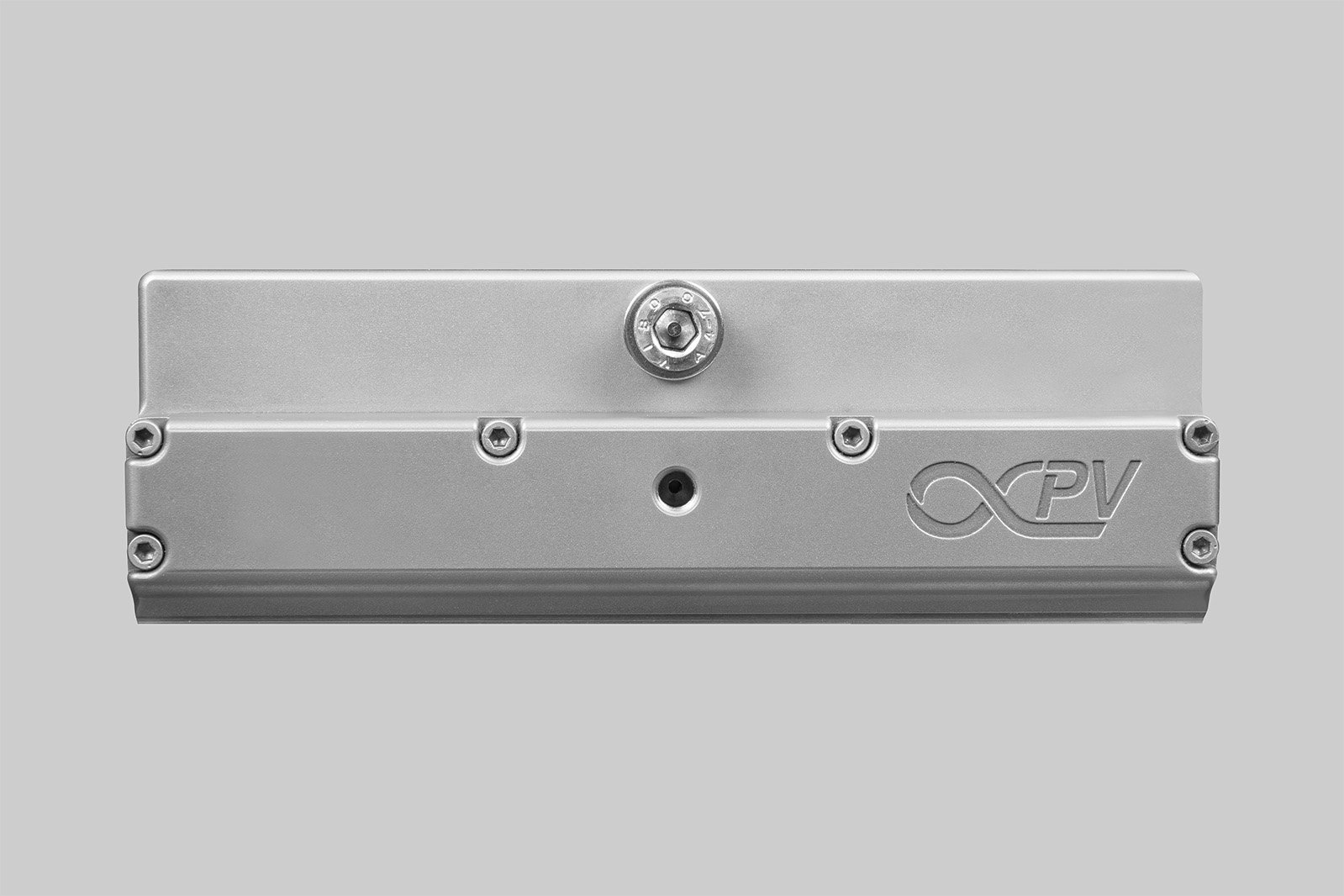

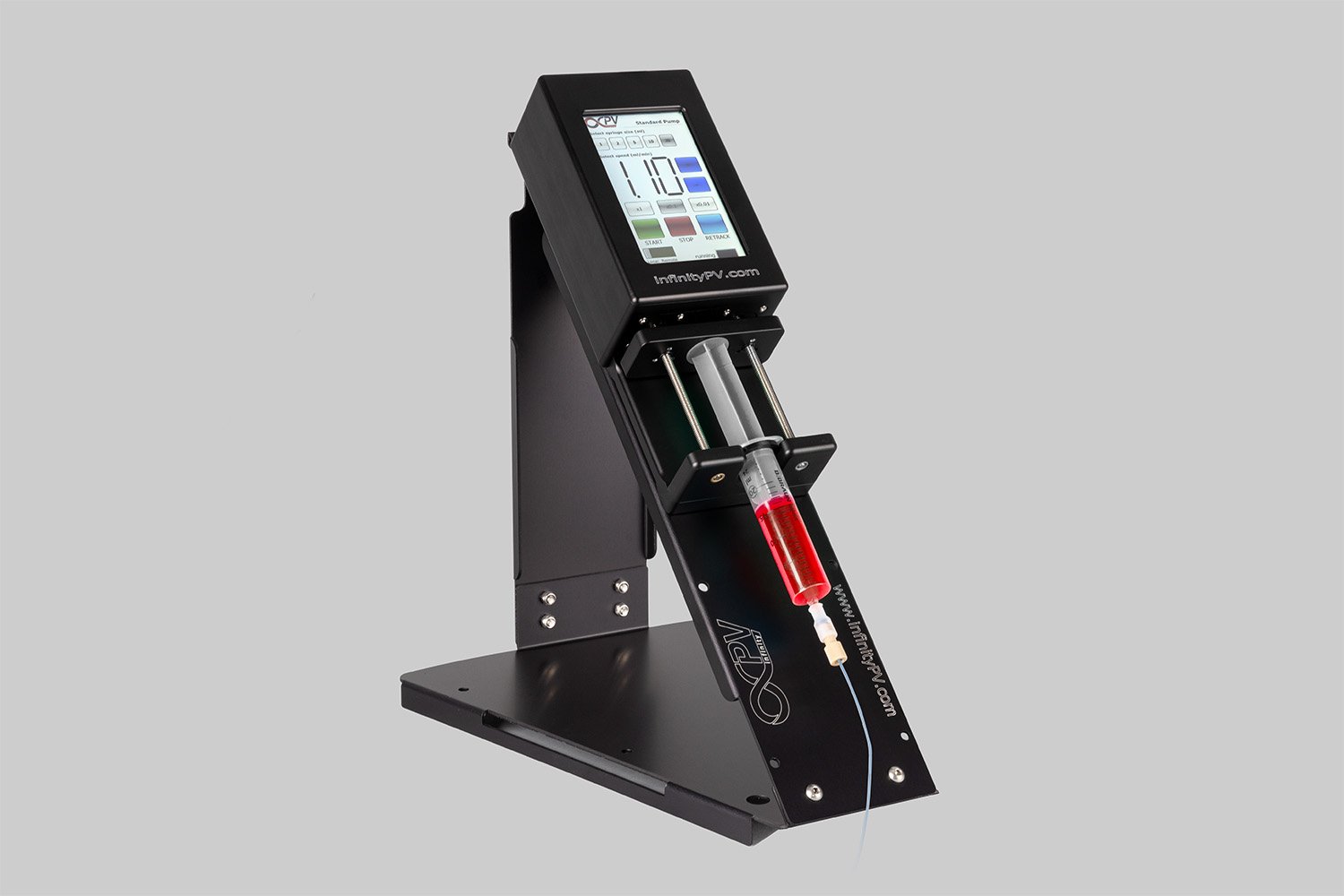

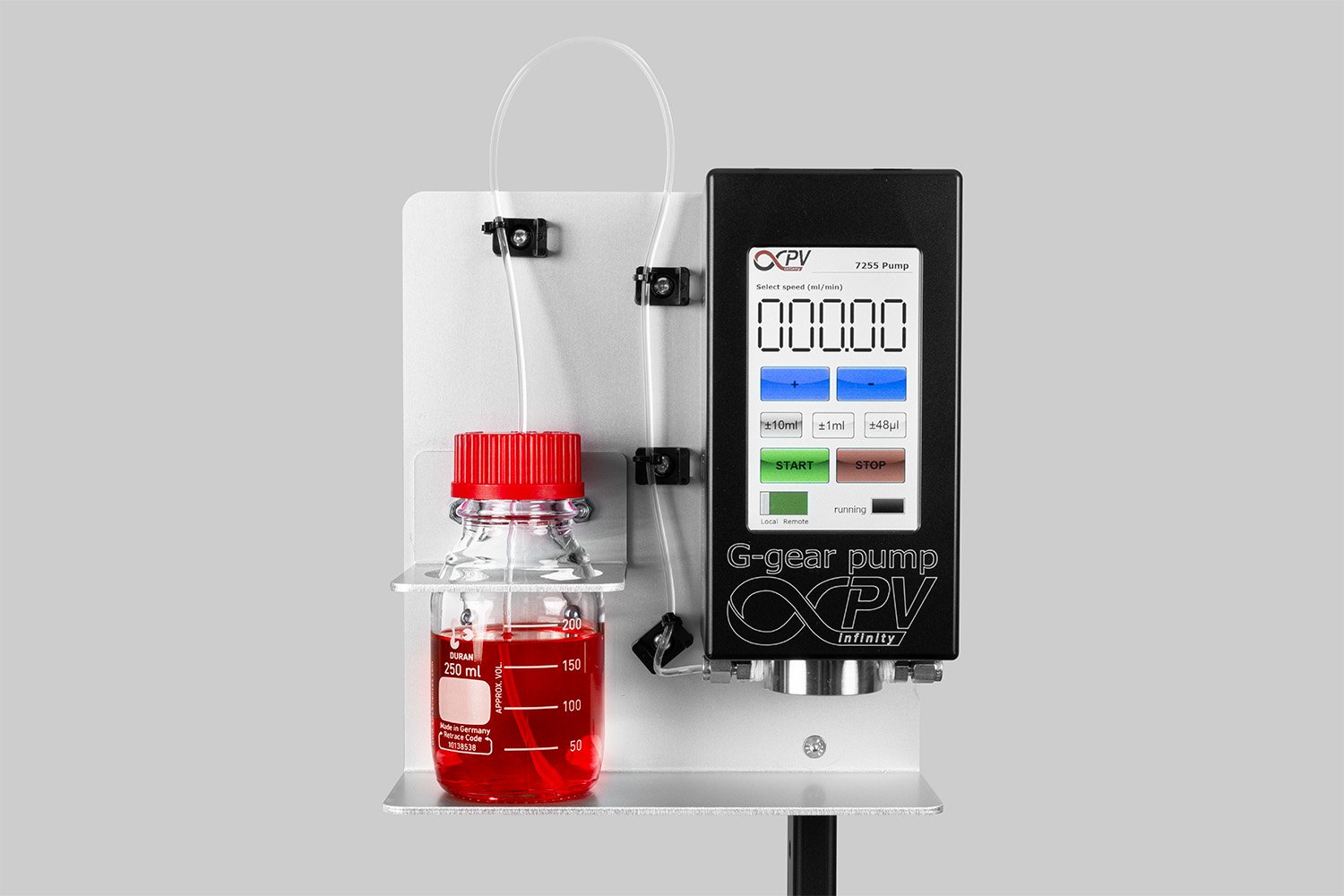


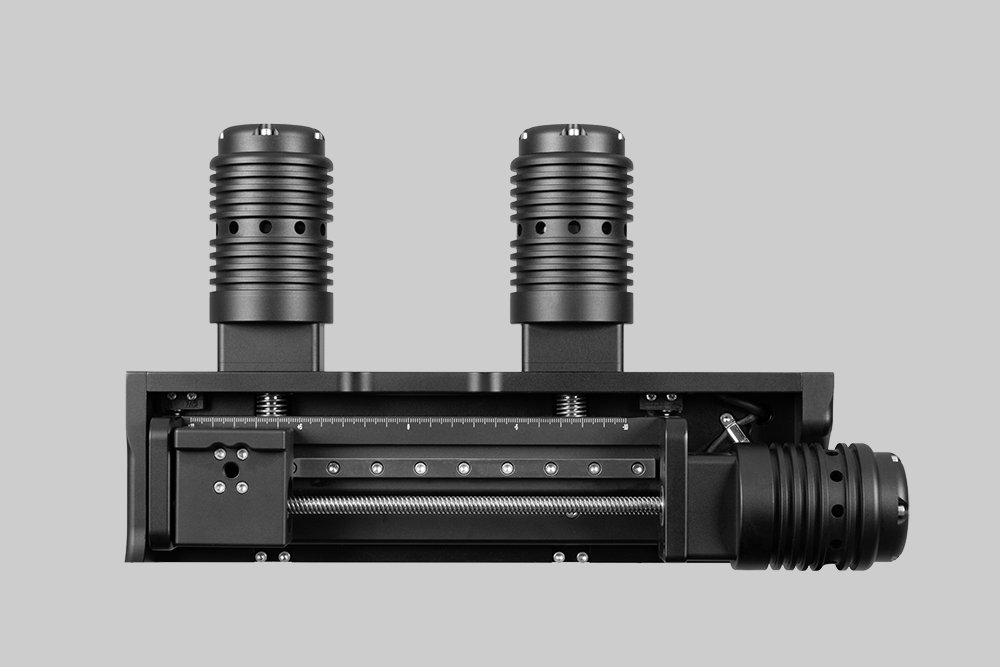
Probably the World’s Most Compact R2R Slot-die Coater: A compact, fully integrated roll-to-roll coating platform for laboratories, complete with a mounting system, anodized rollers, a syringe pump, a 65 mm stainless slot-die head and an infrared oven system—delivering unmatched precision and scalability.